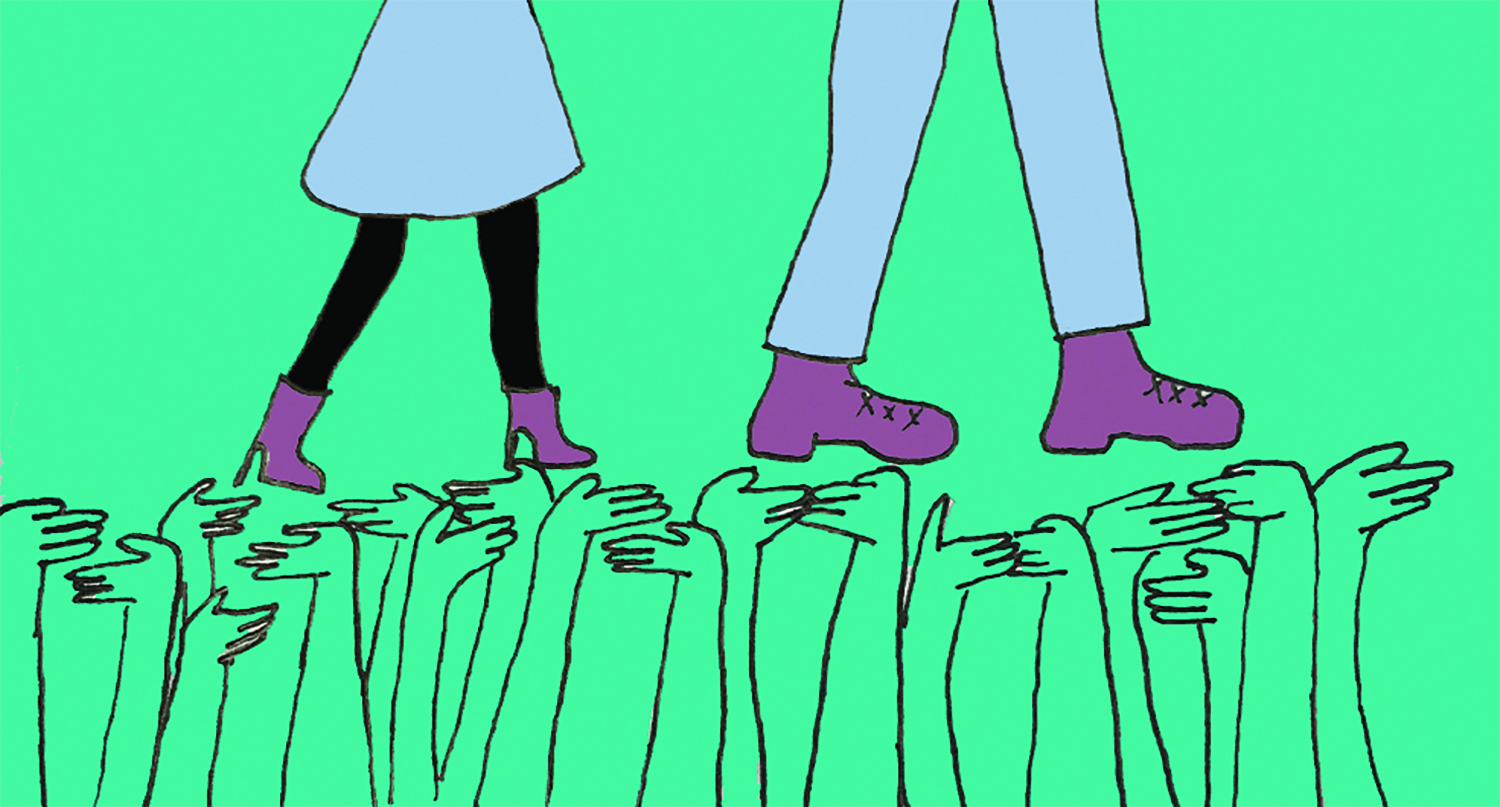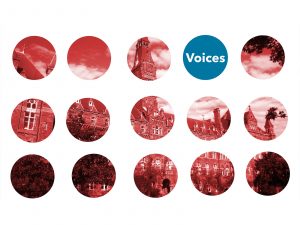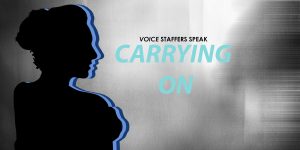When most of us hear the words “gender equality,” our minds jump to women’s issues. We automatically conjure images of feminist rallies, calls for equal pay, and ownership of reproductive rights. Despite our tendency to conflate gender equality with women’s issues—a simple misunderstanding—we must acknowledge that, as a community, we are leaving at least 50 percent of the population out of our universal fight for equal rights. By ignoring the role of all people in the fight for gender equality, we are actively hurting both women and men.
In our stratified society, we frequently conceptualize “equality” as an attack on the status quo. Those privileged individuals within the status quo often misinterpret attempts to achieve true equality as threats, attacks on their widely accepted version of normalcy. Until I experienced discomfort in my own privilege as a white, cisgendered, straight woman, I did not understand the defensive nature of those with privilege against equal rights.
A great example of this lies in the Black Lives Matter movement, in which critics frequently asked for the movement to extend to all lives. While I agree all lives truly are the same and equally worthy of representation, what many missed (myself included) was that “black lives matter” does not mean other lives hold any less value. It is simply responding to the reality that a specific group of people have been continually ignored and, in many cases, actively hurt. The movement affirms that black lives matter within a culture that, perhaps implicitly, says they don’t.
The perception of a gendered movement that excludes men is a similar error. It’s not hard to see why many view gender equality as a women’s issue, given the many women’s human rights conventions, the many papers on the history and future of women’s movements, and the many groups exclusively lobbying for women’s rights (I should know; I study women’s human rights in the SFS). This fundamental misunderstanding assumes the solutions to that issue will only benefit women. The Lancet journal of Stanford University released a paper on gender norms in 2013, penned by Dr. Sarah Hawkes of UCL Institute for Global Health and Dr. Kent Buse of UNAIDS. The paper concluded that the idea of “exclusive-to-women gender equality” has caused male health to suffer dramatically on a global scale.
At Georgetown, this confusion about the meaning of “gender equality” takes an interesting form. One example is the commonly asked question, “Why do we have the club Georgetown University Women in Leadership (GUWIL) and not a men’s version too?” Another example of our campus’ meaning of “gender equality” is DC Reads. The club’s female majority puts together annual hiring teams with the explicit purpose of attracting male tutors in order to have a diverse staff. In both instances, the focus is on only one gender in a perceived binary, instead of on attaining equality for all individuals at any point on the gender spectrum.
While our culture and expectations reveal a clear need to invest directly in women and girls, this is an incomplete mission that hasn’t produced results commensurate with the degree of work, time, energy, and money devoted to it. The limited effects of focusing solely on women’s issues are why GUWIL and other groups, such as GU Women Who Code, are still necessary. We do need to increase women’s ability to succeed in building a career in contemporary society. In the fight to equalize—not rule—women are still trying to get a fair shot. But we must cease conflating gender equality with women’s issues. In addition to addressing women’s issues exclusively, we must fight also for gender equality—for holistic solutions that equally benefit all individuals on the gender spectrum.
The Tahirih Justice Center, which assists immigrant girls and women fleeing violence, was founded on the principle that in order for society to progress, all genders must be made equal. While no single organization can really be held up as successfully implementing such holistic solutions, this approach is integral to the human flourishing targeted by equality movements.
The essence of the gender equality movement signifies a much more difficult type of activism, one that highlights an issue without excluding those not “directly affected.” Its foundational premise is that all people—regardless of gender identity—are included in the global right to equal participation and treatment. As a result, solutions to gender inequity will yield universal benefits. For it is the intersectionality of each individual’s identity—race, religion, ethics, socioeconomic status, education, language, and culture beyond their gender identity—that places them into different camps of advocacy. The gender equality fight is, therefore, one of the most unifying movements in all of history. It only excludes those who don’t believe all people are innately equal.
It is from this place that I am trying to glean the clarity needed to reach equality, by asking everyone—regardless of identity, background, or political affiliation—to break down this phrase “gender equality.” Gender equality is the equality of all genders, not just the usual binary. My hope is to come back to Georgetown as an alumna and see a “gender equality” club battling for this very understanding; the understanding that equality-oriented groups are not a threat to males, but a threat to the status quo, a status quo that also hurts men by limiting the full capacity of humankind by holding back at least 50 percent of its population.
The next wave of social movements can view gender issues as universal—not primarily lifting up one marginalized group, but doing so indirectly as part of an effort to unify all populations to attain a holistic equality for all individuals at any point on the gender spectrum. Ignorance and insecurity compose the root of this issue. Misconception surrounds the term, and fear obscures what change would bring.
To reach equality, we must all do again what we did when we came to college: we left home and learned much more than we ever expected by opening up our minds and hearts and being vulnerable. To me, gender equality isn’t a magical world of kumbaya. It is a place much closer to the actualization of full human potential, the elimination of suffering, the furthering of understanding, and the use of honest and real competition to improve all things. It will be a messier, fairer, and more beautiful world by far.
Allison is a junior in the SFS.





